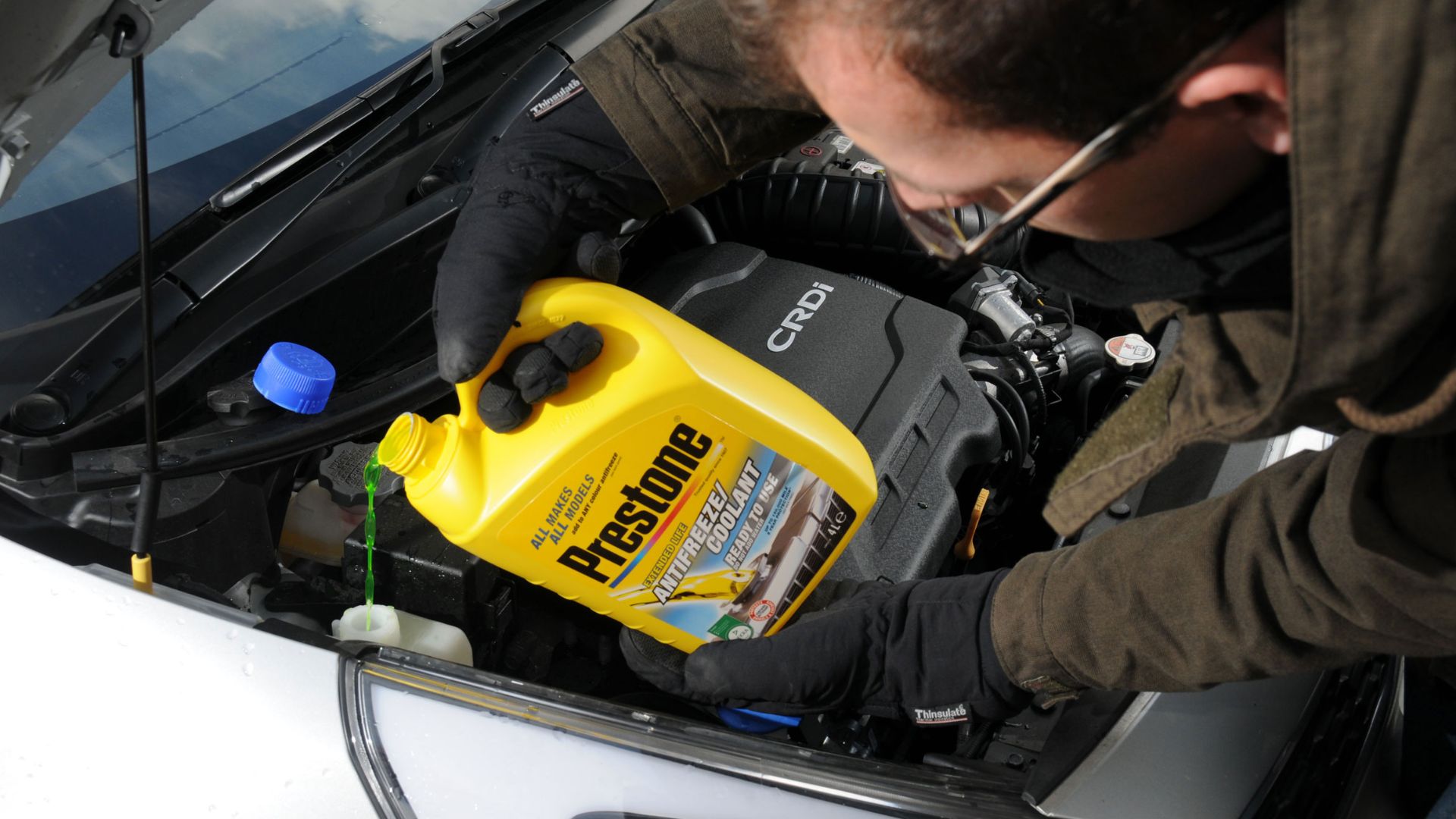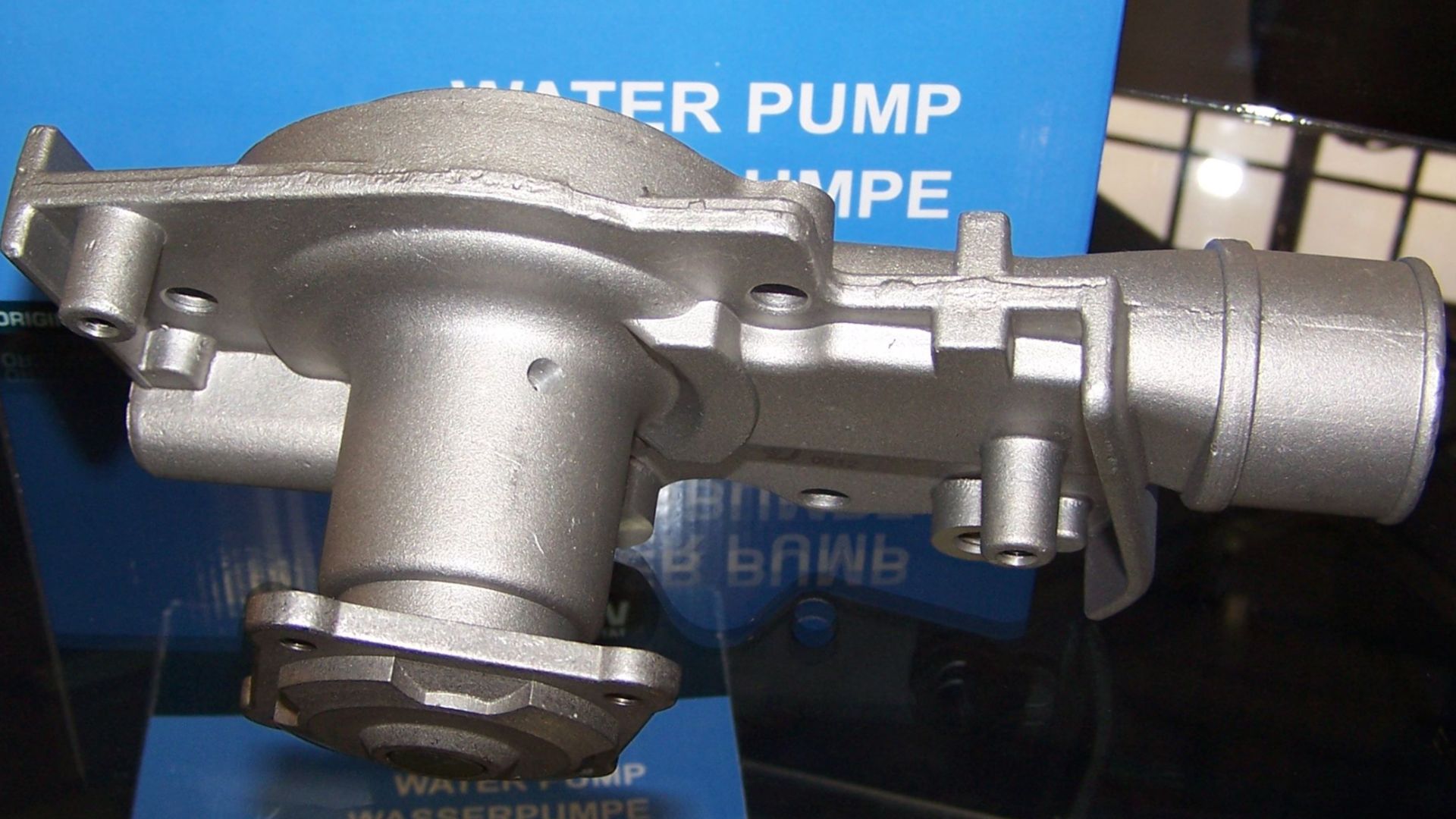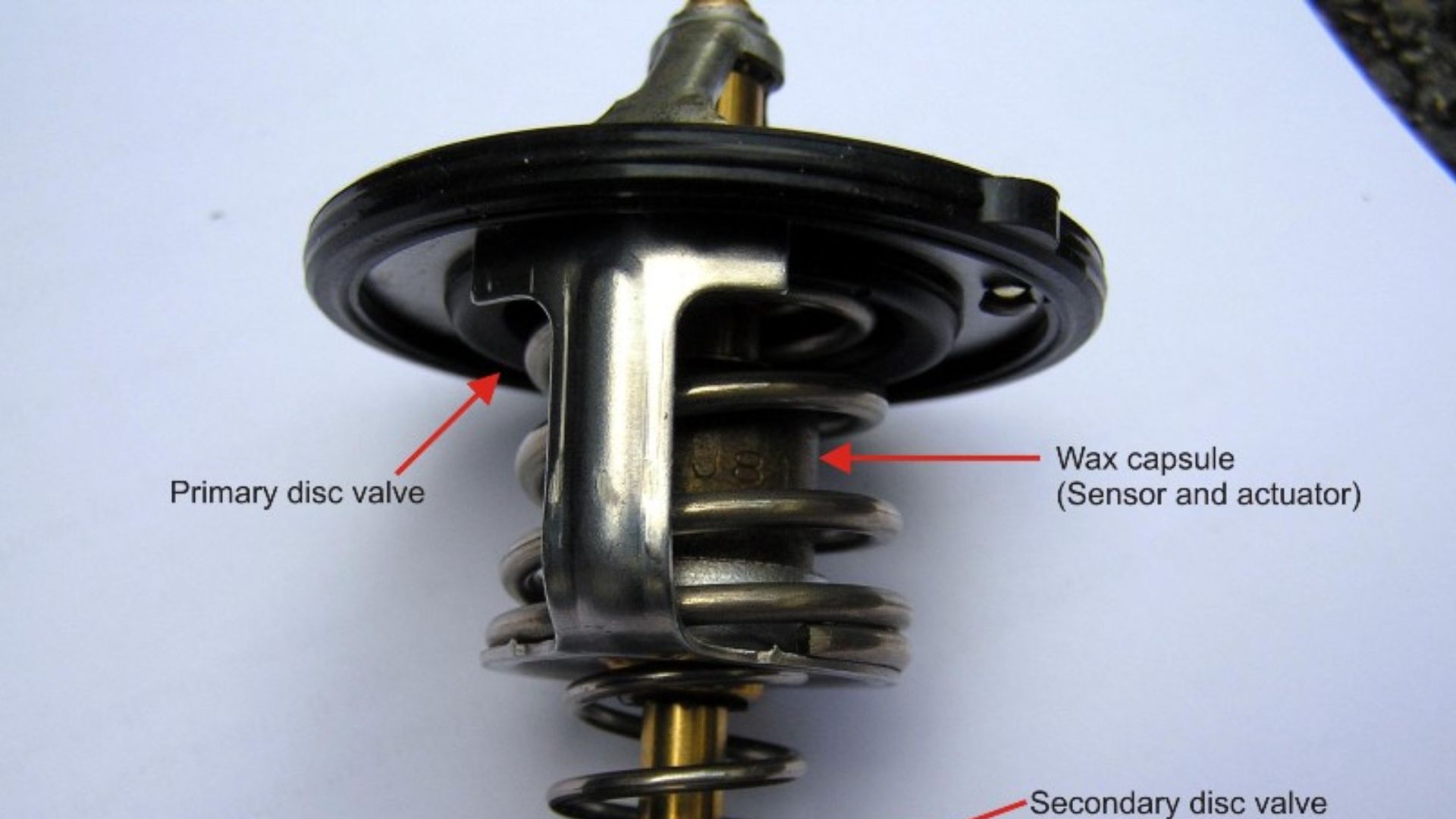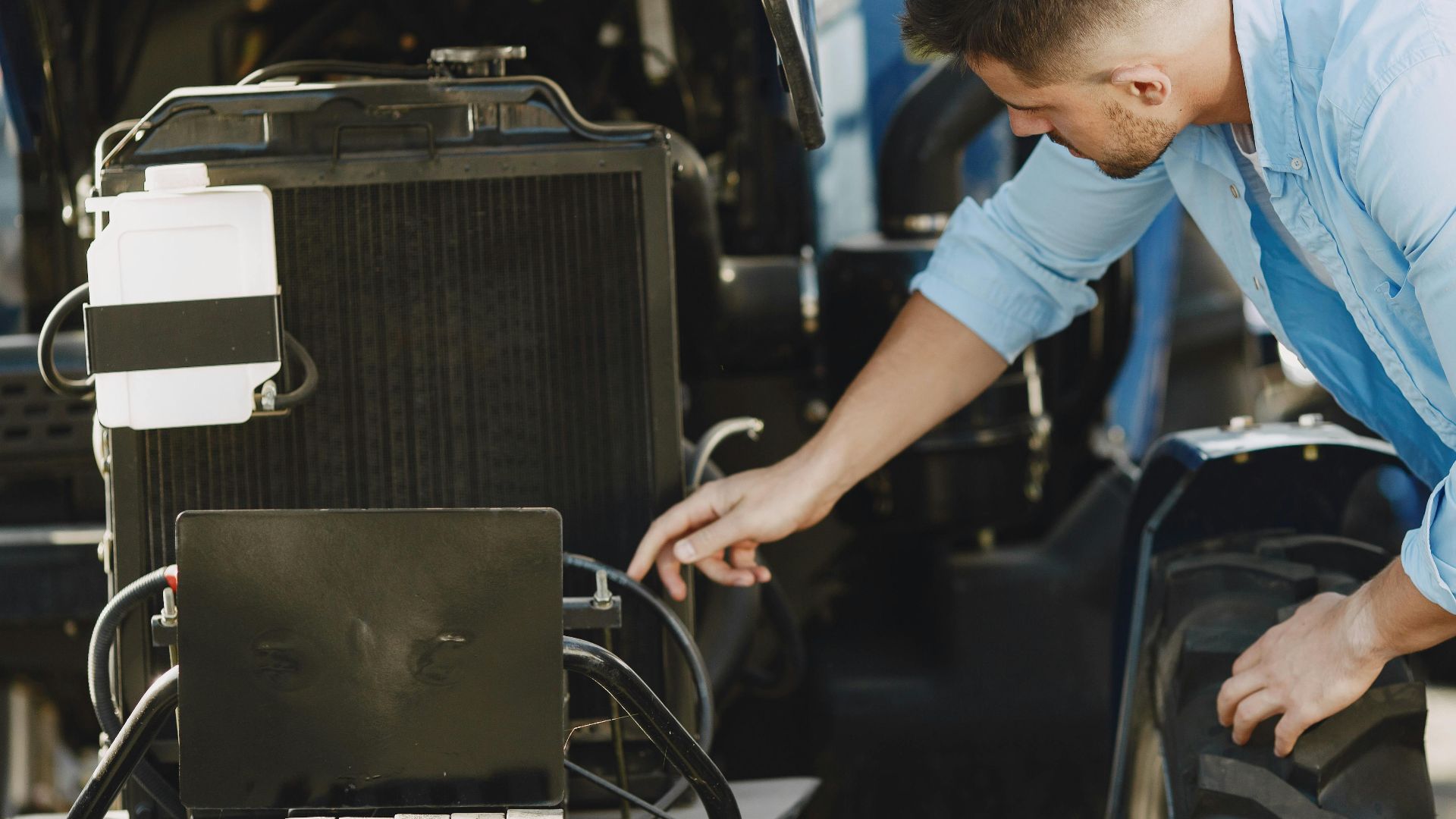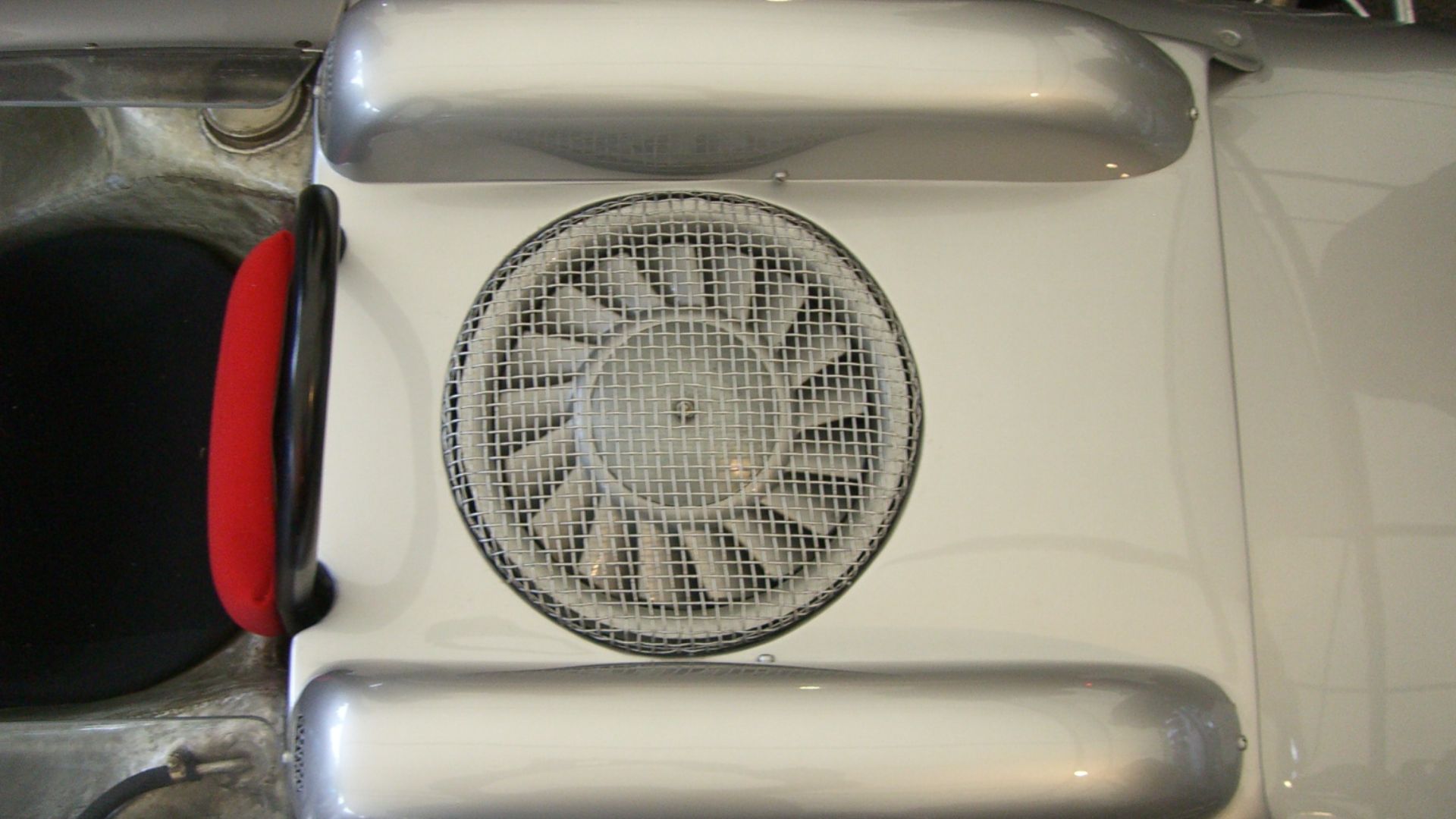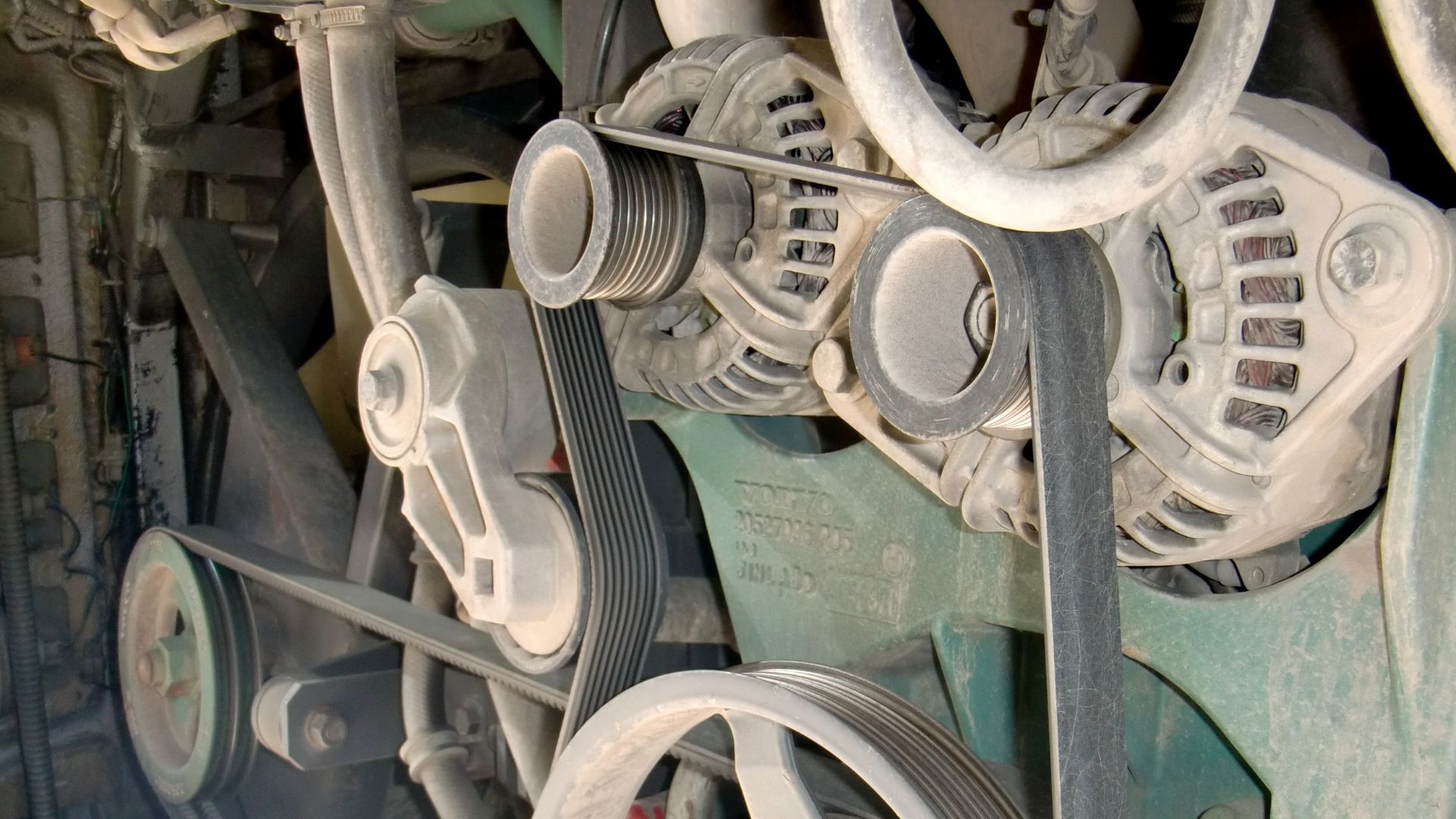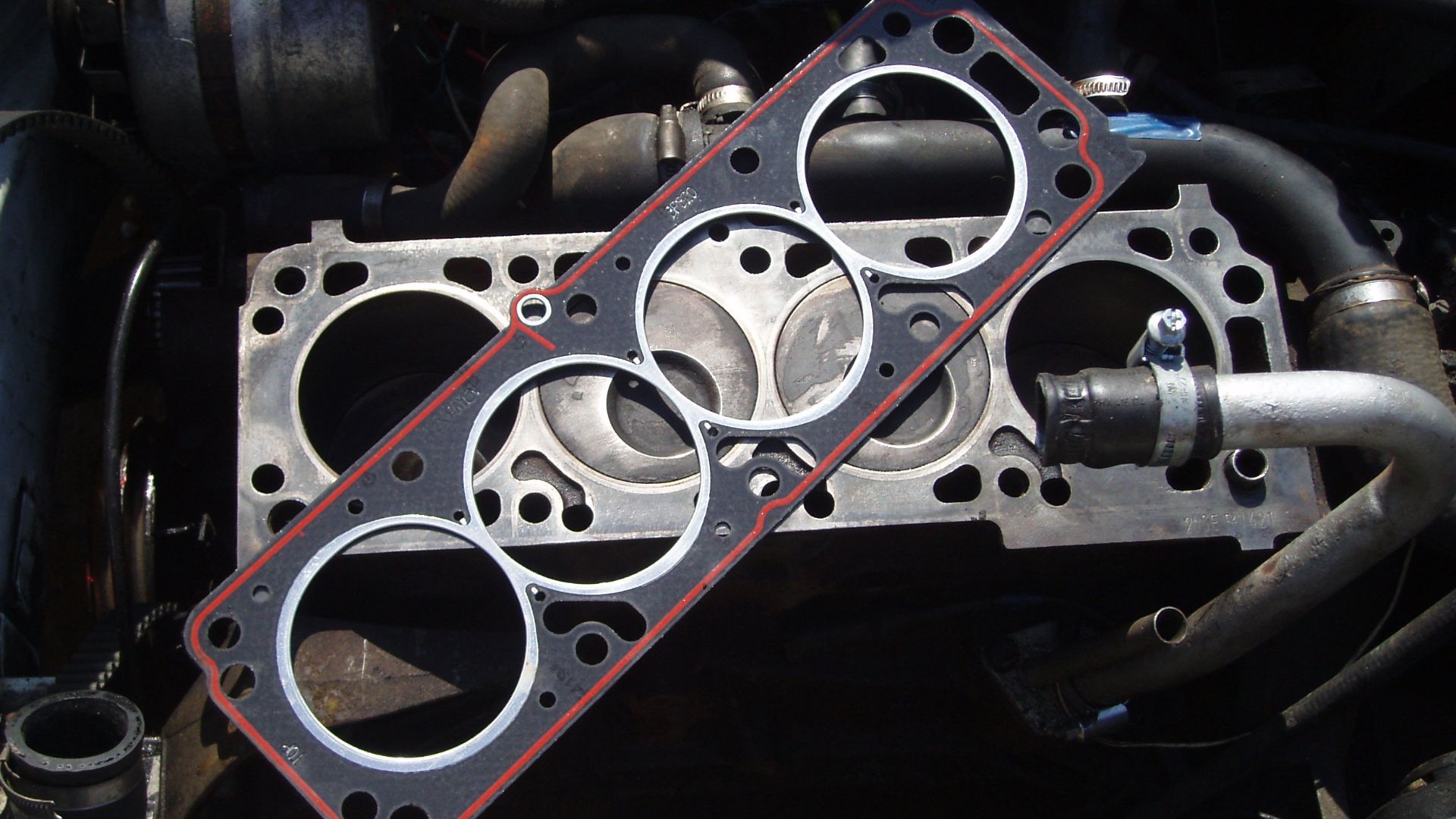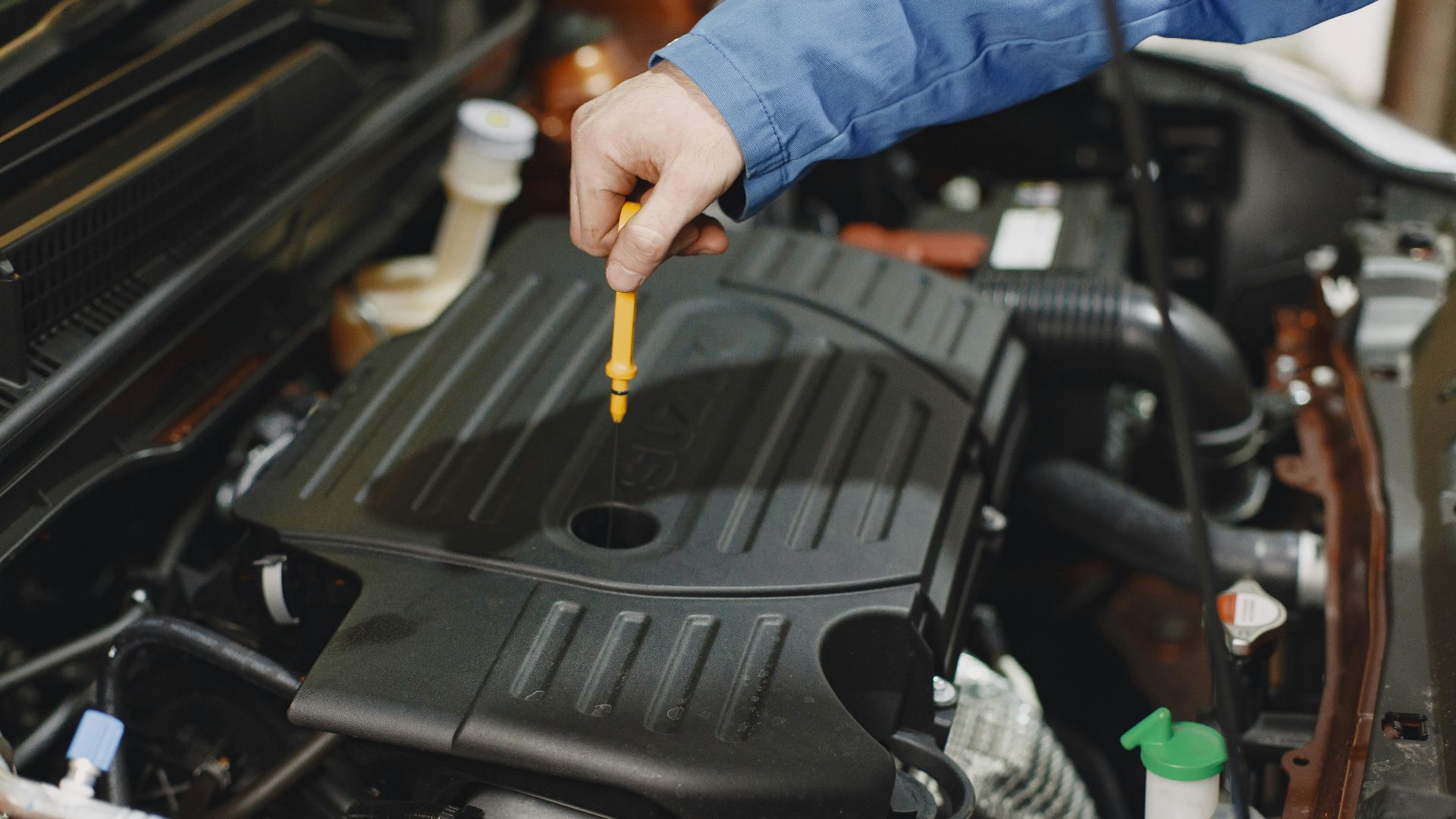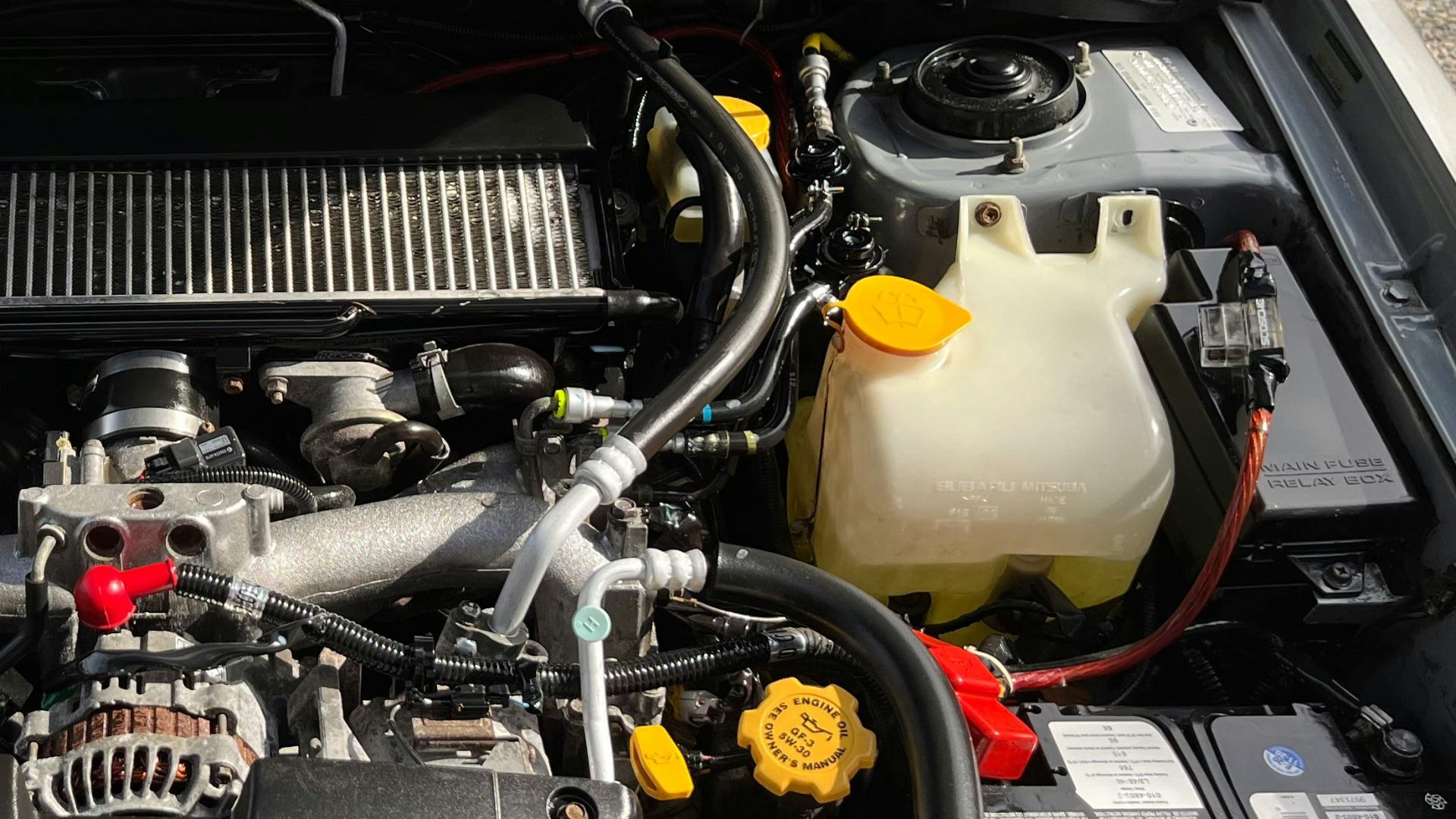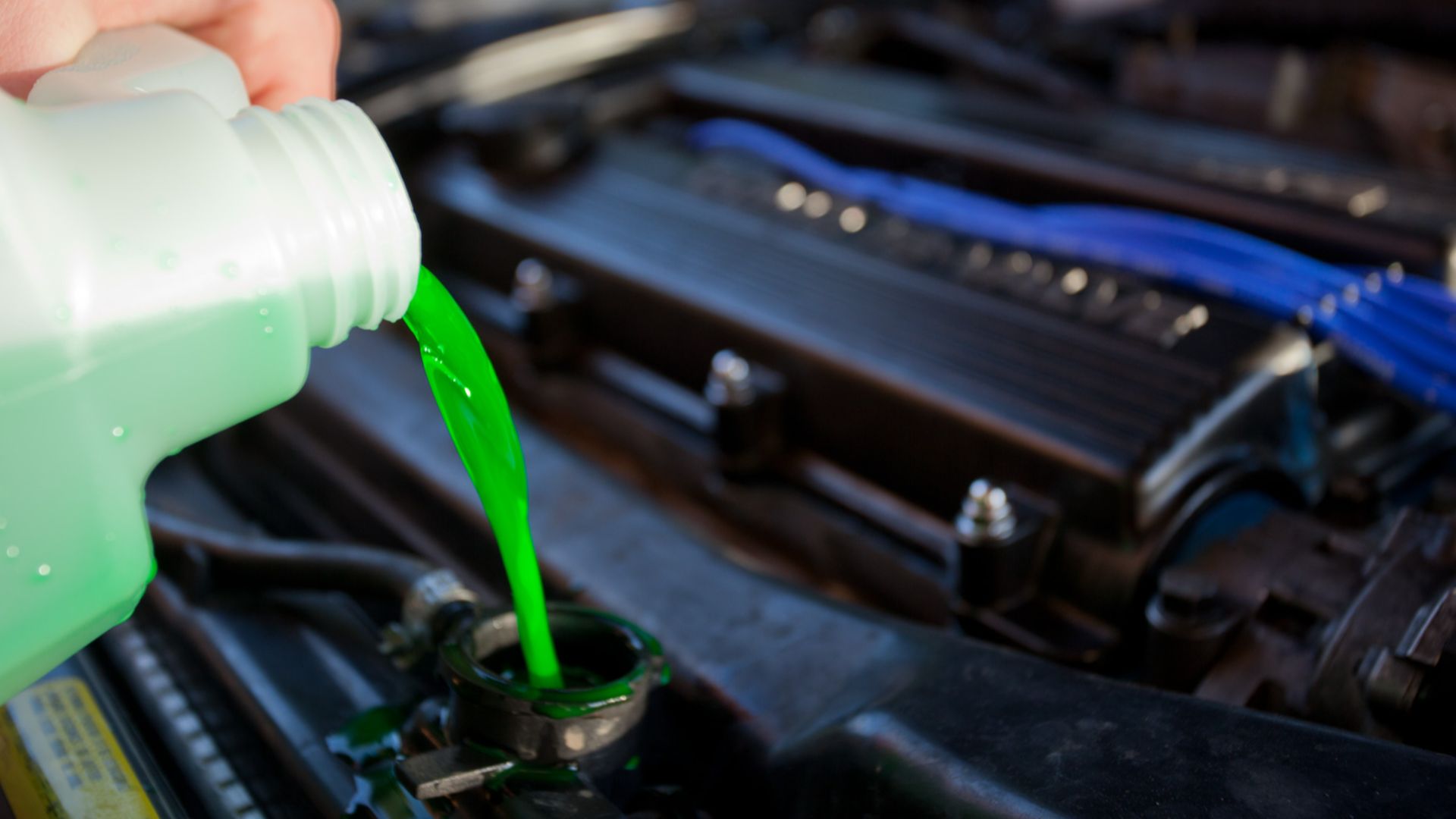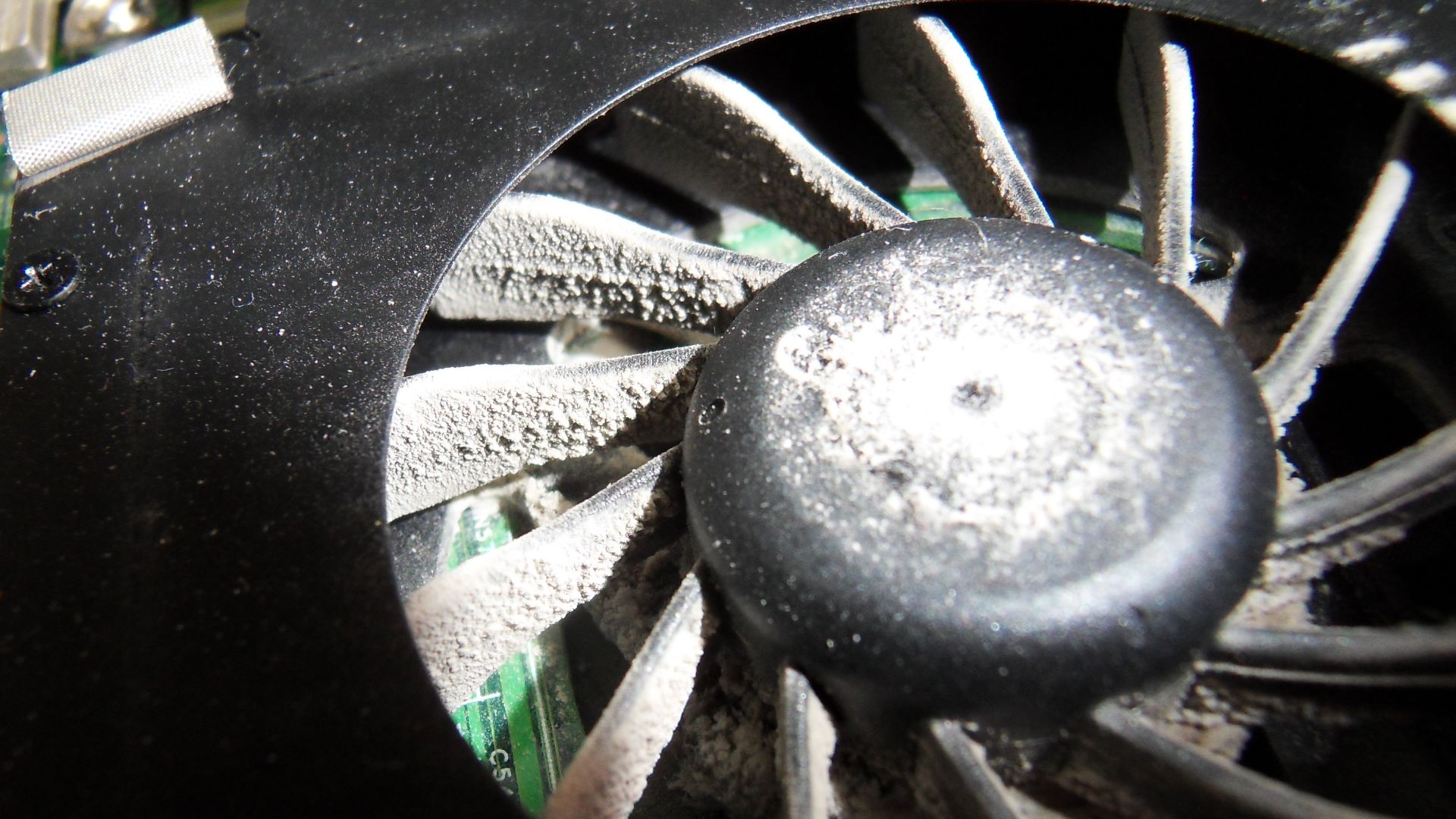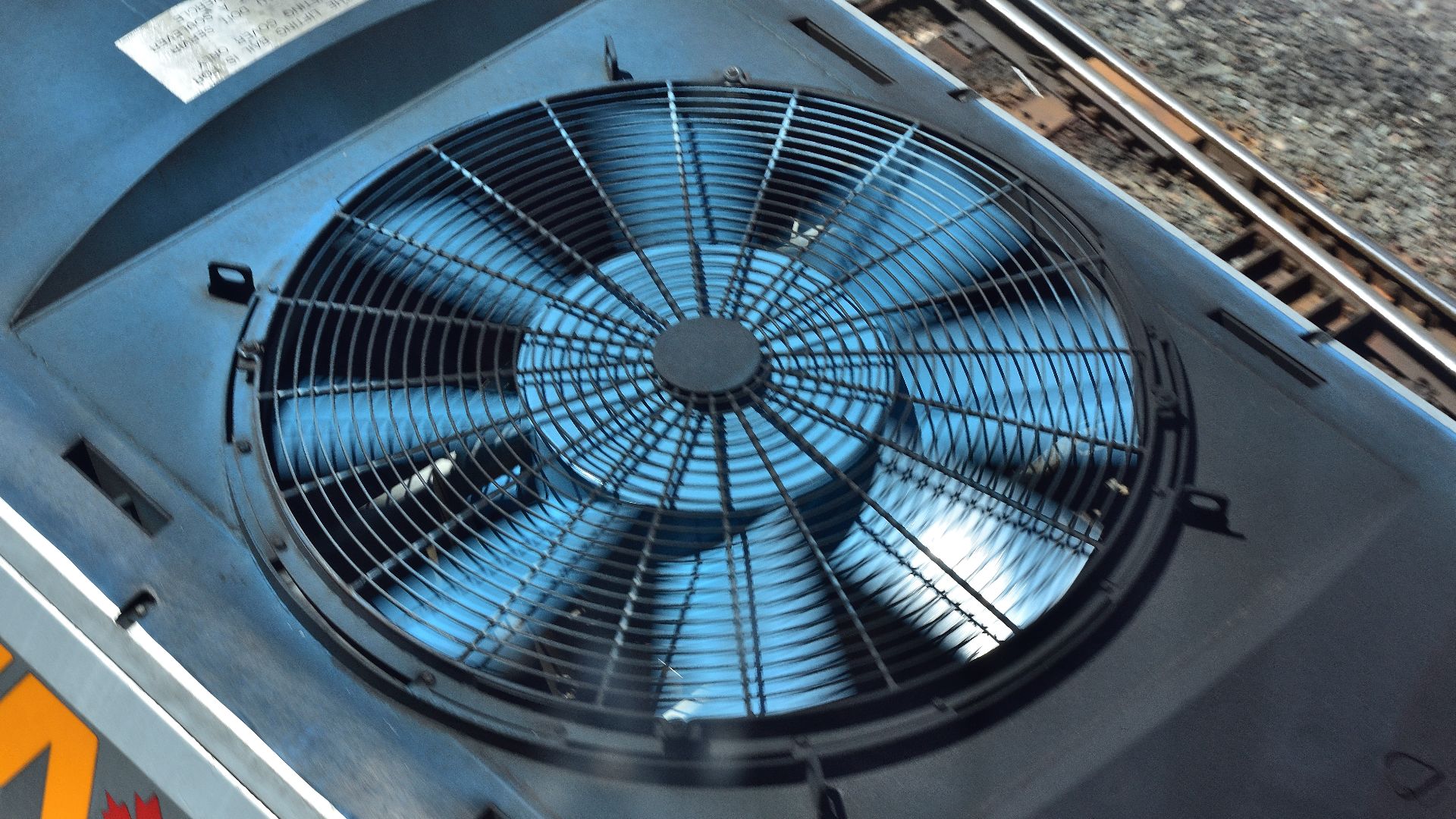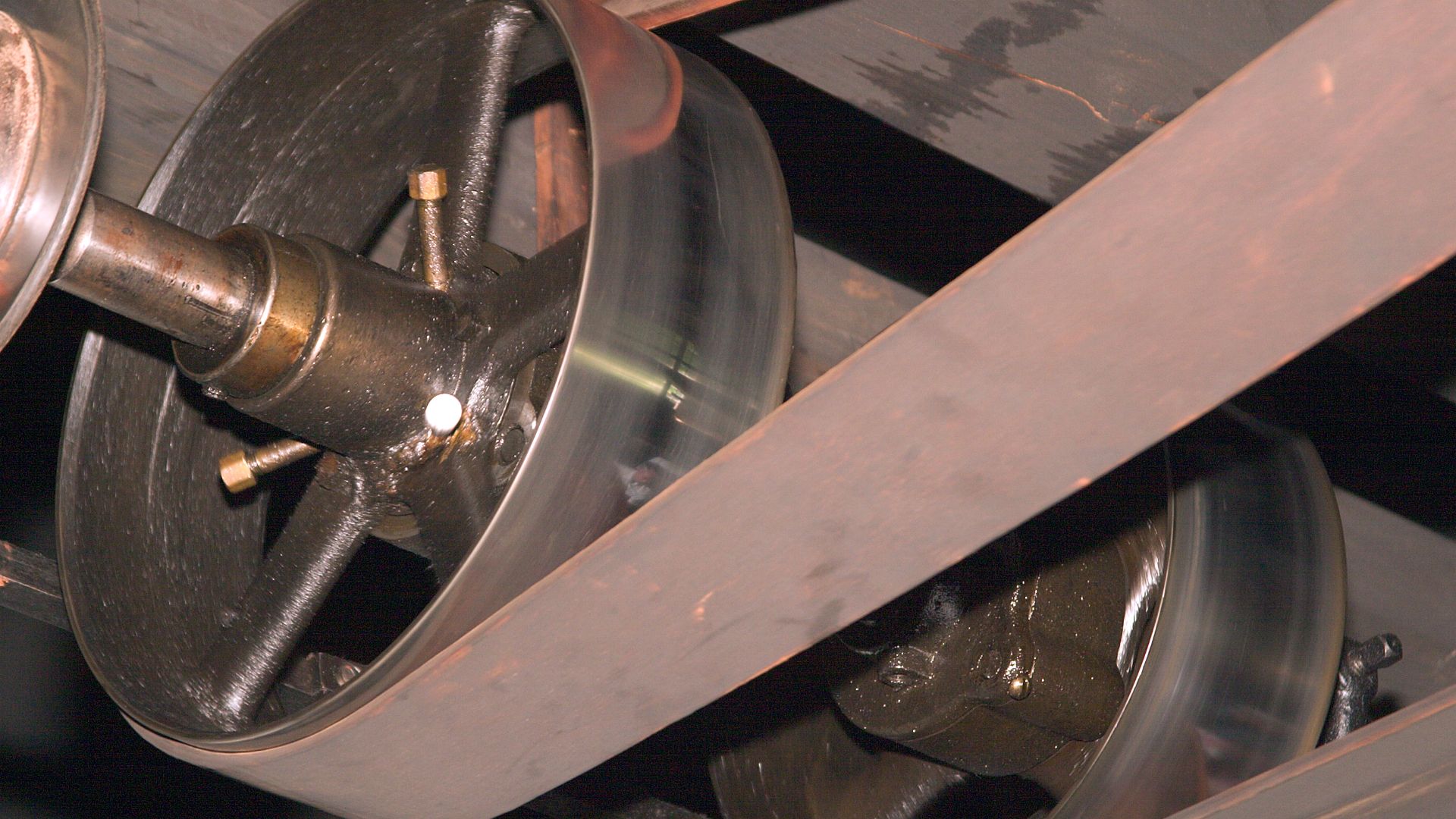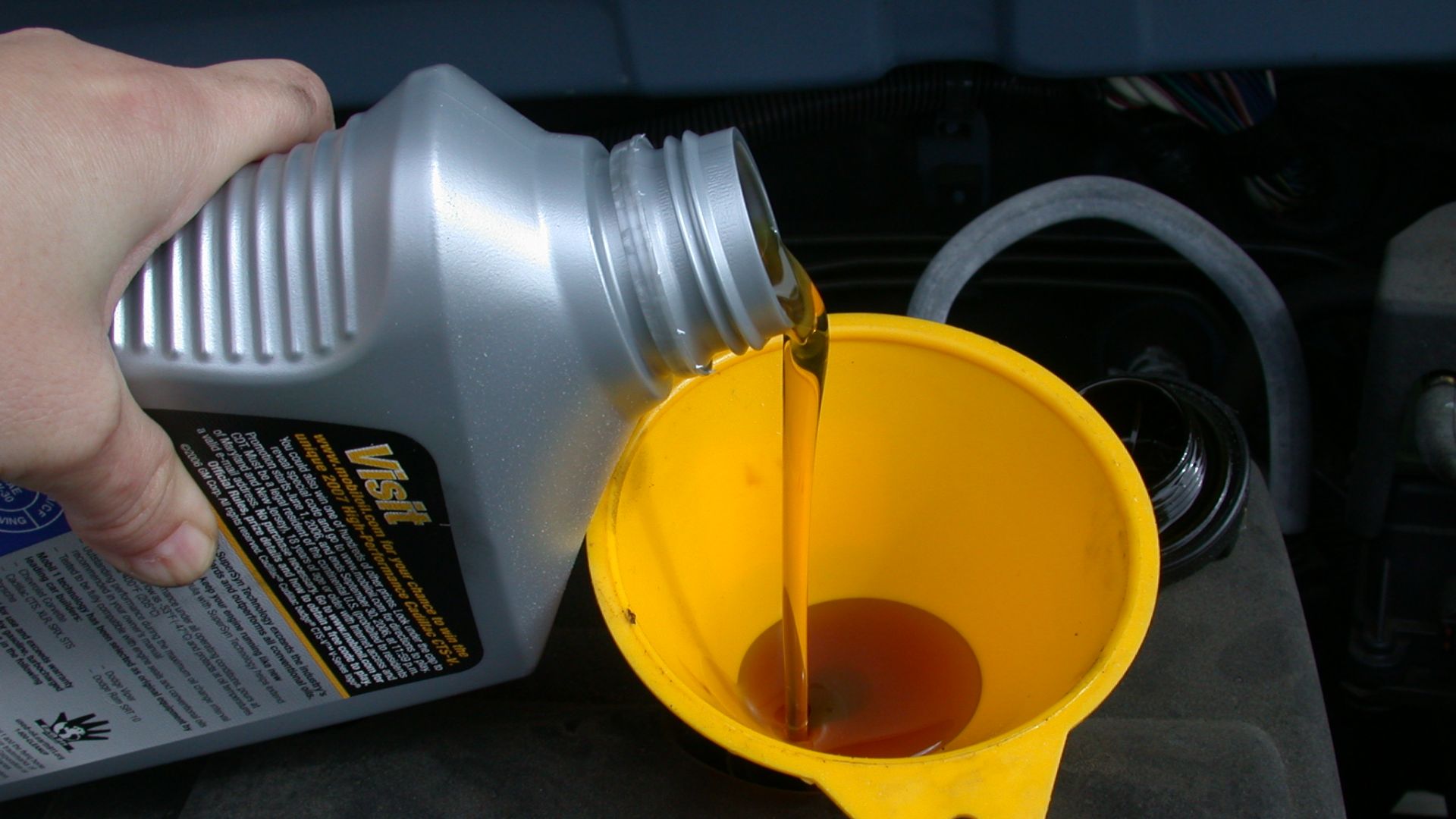10 Reasons Your Vehicle Will Overheat & 10 Ways To Prevent It
Staying Cool On The Road
Nothing ruins a good drive faster than seeing that temperature gauge climbing into the danger zone. One moment you’re humming along with the radio, the next you’re eyeing the shoulder and praying for a safe spot to pull over. But here’s the thing: it doesn’t have to be this way. With the right awareness and a little preparation, you can keep your car cool. So, first up, let’s dig into the key reasons your car might decide to overheat.
1. Low Coolant Level
Coolant, a blend of water and antifreeze, regulates your engine’s temperature by absorbing extra heat during operation. If levels drop too low, overheating can occur quickly and create dangerous conditions. So, look out for colored puddles beneath your car and monitor fluid levels often, especially before long trips.
2. Failing Water Pump
Those mysterious coolant puddles near your engine and telltale whining sounds point to a failing water pump: the critical component that circulates coolant through your engine. Connected to the accessory belt system, this pump's breakdown means coolant stops flowing, leading to rapid engine overheating.
3. Malfunctioning Thermostat
A malfunctioning thermostat can spell disaster for your engine by blocking essential coolant flow and causing rapid overheating. This temperature-regulating part fails dramatically, yet replacing it is one of the simpler and more affordable repairs.
4. Clogged Or Leaking Radiator
Regular radiator flushes are your first line of defense against costly overheating issues. This vital system cools engine coolant before recirculation, but debris, rust, and old coolant sludge can create efficiency-killing blockages.
5. Broken Or Loose Radiator Fan
In stop-and-go traffic, the radiator fan activates to keep the engine cool when natural airflow decreases. Controlled by sensors and relays, this system works even harder under heavy demand. Many vehicles even use multiple fans to boost heat dissipation through the radiator.
6. Damaged Or Loose Drive Belts
The cooling and charging systems in your vehicle rely on a single serpentine belt to keep several components operating. When this belt becomes loose or damaged, it produces a loud squeal—an early warning before the water pump and alternator risk complete failure.
7. Head Gasket Failure
White smoke from the exhaust or a milky film beneath the oil cap can signal a failing head gasket. This critical breakdown lets combustion gases invade the cooling system and mix fluids, leading to severe overheating and the risk of engine head warping.
8. Malfunctioning Heater Core
The heater core serves as a small radiator, directing engine heat into the cabin. If it becomes clogged, coolant circulation is restricted. Leaks create sweet-smelling vapor and fogged windows. Both problems reduce coolant levels and increase the risk of engine overheating.
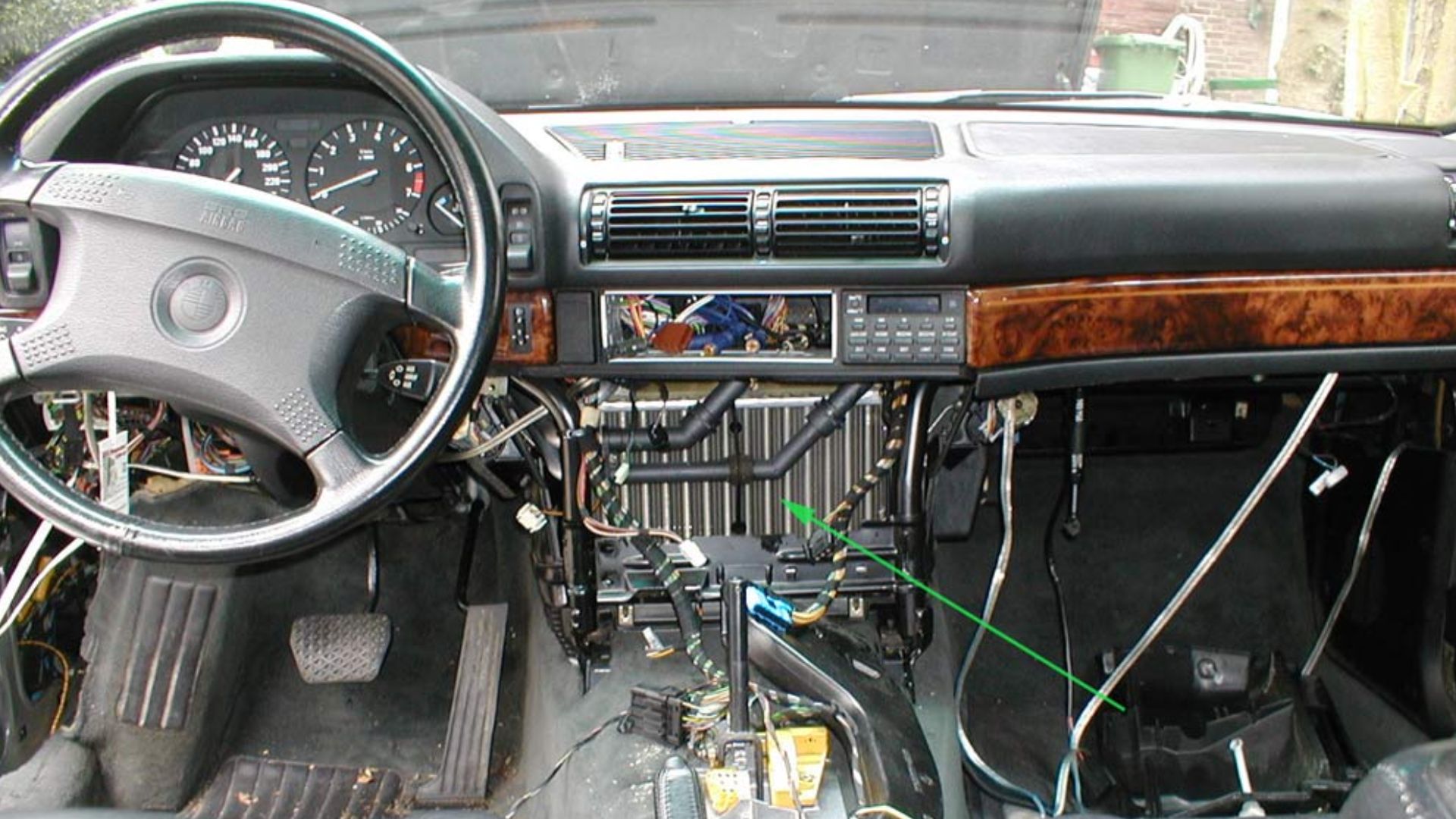 Rpvdk at English Wikipedia on Wikimedia
Rpvdk at English Wikipedia on Wikimedia
9. Low Engine Oil Level
In a perfectly running engine, oil maintains a protective barrier between moving parts while efficiently dispersing heat. But when oil levels drop through leaks or consumption, this delicate balance shatters, due to which friction intensifies and the remaining oil loses its viscosity, signaled by ominous engine knocking.
10. Faulty Electric Fan Switch Or Relay
Like a mechanical whodunit, an overheating engine often points to the electric fan switch or relay as the prime suspect. These components, working with temperature sensors, should activate cooling fans during idle moments and slow drives.
 How to Install a Cooling Fan Bypass Switch on 1995-2005 Cavalier/Sunfire by Generation High Output
How to Install a Cooling Fan Bypass Switch on 1995-2005 Cavalier/Sunfire by Generation High Output
Now, let’s move on to the practical steps that keep your engine cool and your drive stress-free.
1. Keep A Check On The Coolant Reservoir
Responsible drivers include coolant reservoir inspections in their regular maintenance, especially before long drives. This small step ensures the engine stays at the right temperature, with quality coolants guarding against heat. Ignoring these checks can quickly lead to harmful overheating.
2. Opt For A Radiator Flush
Schedule a radiator flush every 30,000–50,000 miles or every 2–5 years, depending on manufacturer recommendations. This service keeps your cooling system clean and effective, protecting the engine from overheating and ensuring smooth, safe performance.
3. Replace Worn Or Cracked Radiator Hoses
Replace worn or cracked radiator hoses as soon as possible to keep coolant moving smoothly through the system. Fresh, sturdy hoses prevent leaks, sustain proper pressure, and reduce the risk of overheating, allowing your engine to run safely and efficiently on every drive.
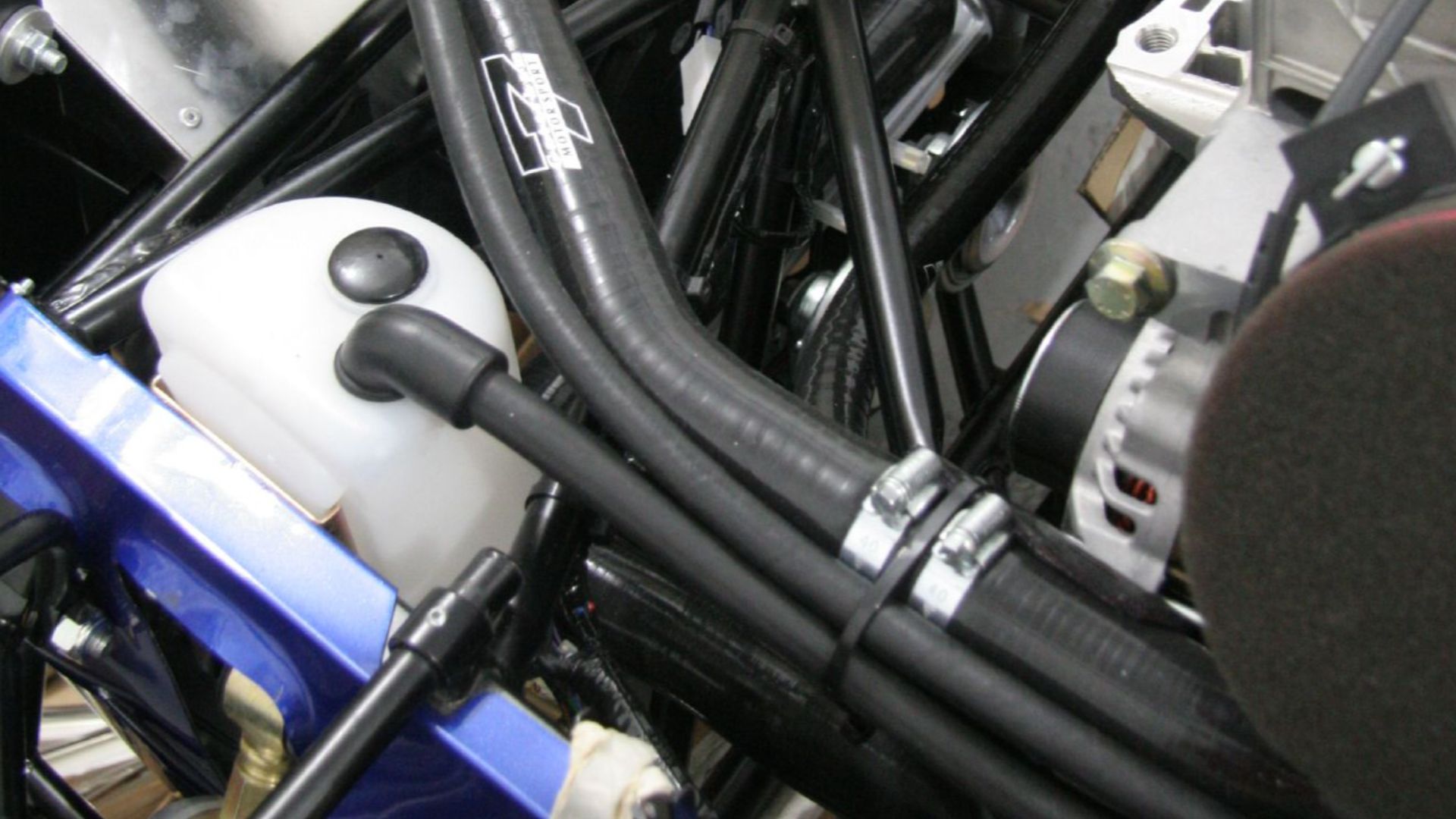 Brian Snelson from Hockley, Essex, England on Wikimedia
Brian Snelson from Hockley, Essex, England on Wikimedia
4. Replace A Weak Thermostat
Regular thermostat maintenance is your best defense against engine temperature problems, as this small but mighty component needs proper testing and replacement to keep doing its vital job. When it malfunctions, you're facing inadequate warming from a stuck-open position.
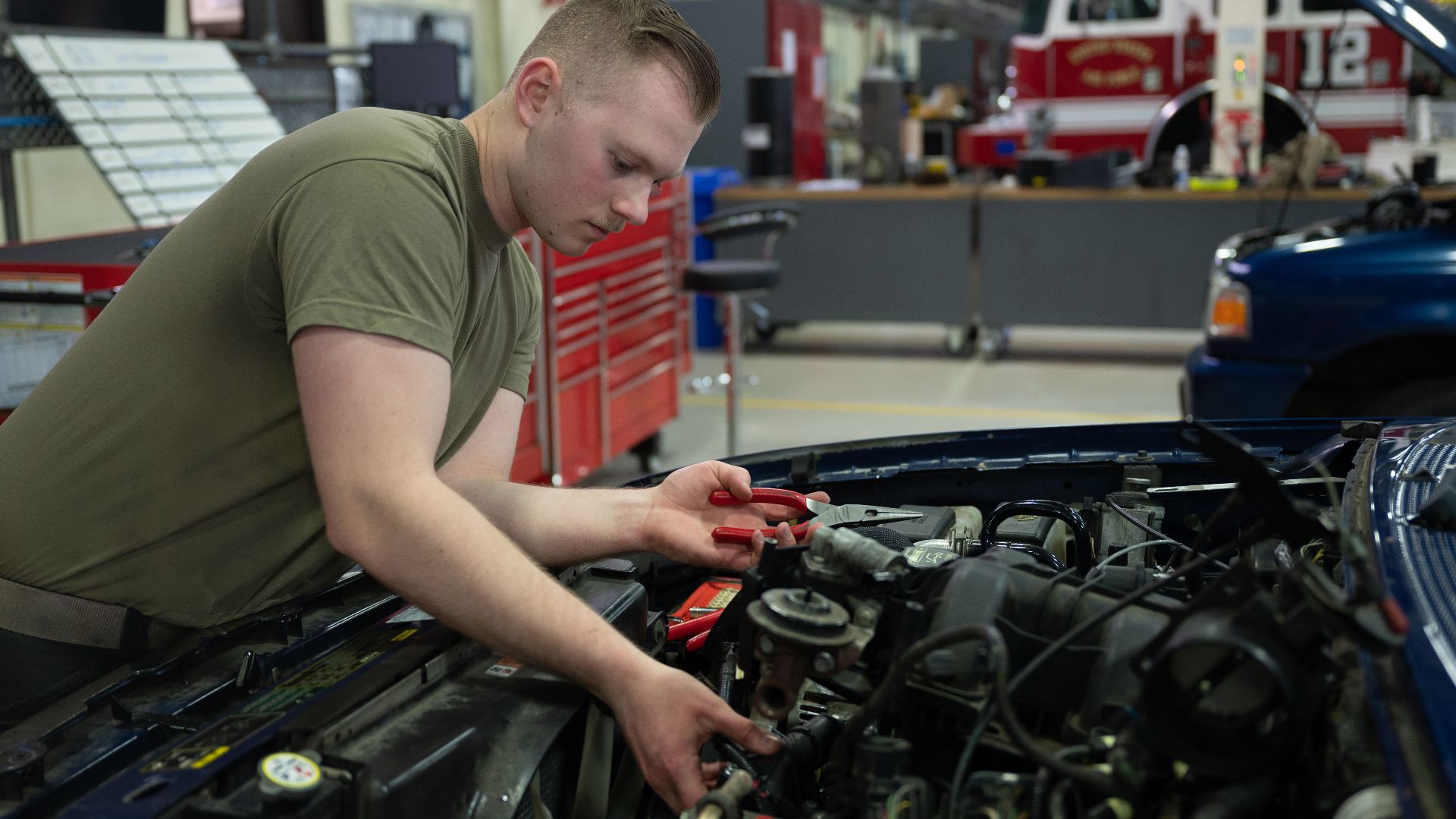 U.S. Air Force 148FW by Airman 1st Class Jacob Wood on Wikimedia
U.S. Air Force 148FW by Airman 1st Class Jacob Wood on Wikimedia
5. Replace A Failing Water Pump
One effective way to avoid overheating is to replace a failing water pump without delay. A properly working pump keeps coolant moving through the system, stabilizes engine temperature, and helps your vehicle handle long drives or heavy traffic without heat-related issues.
6. Keep Fins Clear Of Debris
Those delicate fins play a key role in engine cooling, but when debris builds up, your engine can dangerously overheat. Thankfully, maintaining proper airflow is straightforward: just keep those heat-dissipating fins clean with gentle water spraying or compressed air treatment.
7. Test Cooling Fan And Relay
A reliable way to prevent overheating is to test the cooling fan and relay regularly. Confirm that the fan activates when engine temperatures rise, especially in heavy traffic. Proper operation keeps air flowing through the radiator and protects against costly heat-related damage.
8. Inspect And Tighten Drive Belts
Overheating can be avoided by paying close attention to your vehicle’s drive belts. Keeping the serpentine belt properly tightened allows the water pump and cooling fan to function effectively, ensuring consistent coolant flow and reducing the risk of engine damage from high temperatures.
9. Maintain Proper Engine Oil
Preventing overheating starts with maintaining the right engine oil level and quality. Fresh, clean oil reduces friction, absorbs heat, and helps the engine run smoothly. Regular oil checks and timely changes keep temperatures stable and protect your vehicle from unnecessary wear.
10. Avoid Overloading And Over-Towing
One reliable way to protect your engine from overheating is to stay within your vehicle’s weight limits. Avoid carrying excessive loads or towing beyond capacity, as this strains the cooling system. Keeping weight in check ensures smoother performance and stable engine temperatures on the road.



